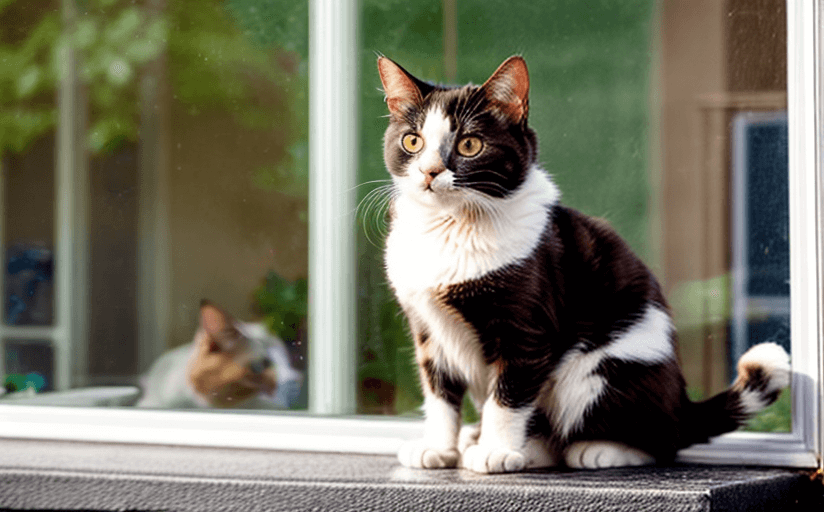Exploring the Pros and Cons of Declawing Cats
The decision to declaw a cat is a difficult one, and one that should not be taken lightly. On one hand, declawing can provide a number of benefits, such as reducing the risk of furniture destruction, avoiding potential injury to the owner from a cat’s claws, and providing a cat with a more comfortable life. On the other hand, declawing can lead to physical and emotional pain for the cat, risk of infection, and potential behavioral problems. How can a person weigh the pros and cons of declawing and make an ethical decision? This article will explore the potential benefits and risks of declawing cats and discuss how to weigh the ethical considerations.
The Benefits of Declawing
One of the primary benefits of declawing a cat is the prevention of potential injury to the owner. Cats’ claws can cause puncture wounds that can become infected, and the risk of such an injury is greatly reduced if the cat is declawed. Additionally, declawing can reduce the risk of furniture destruction, as cats are less likely to scratch furniture if they do not have claws.
Declawing can also provide a more comfortable life for a cat. Many cats suffer from chronic pain in their claws due to overgrowth or infection, and declawing can provide relief from this pain. Additionally, declawing can reduce the risk of a cat becoming stuck on objects or getting caught in fabric, which can be a major source of discomfort and stress for a cat.
The Risks of Declawing
Although there are potential benefits to declawing, there are also risks associated with the procedure. Declawing can be a painful and traumatic experience for a cat, both physically and emotionally. It can also increase the risk of infection, as the cat’s paws are exposed to bacteria during the healing process.
Declawing can also lead to behavioral problems in cats, such as aggression, litter box avoidance, and biting. This is because cats rely on their claws for self-defense and to mark their territory, and removing their claws can leave them feeling vulnerable and stressed. Additionally, declawing can cause cats to become overly dependent on their owners, as they are unable to defend themselves.
Ethical Considerations
The decision to declaw a cat is one that should be taken very seriously, as there are ethical considerations that must be taken into account. Declawing can be a painful and traumatic experience for a cat, and it can also lead to long-term physical and emotional pain. It is important to consider the potential risks and benefits of declawing before making a decision.
It is also important to consider the alternative options to declawing. There are a number of ways to protect furniture, such as using scratching posts, providing toys, and providing regular nail trims. Additionally, it is important to consider the cat’s overall health and emotional well-being before making a decision.
Conclusion
Declawing a cat can provide a number of benefits, such as reducing the risk of furniture destruction and avoiding potential injury to the owner. However, it is important to consider the potential risks associated with the procedure, including physical and emotional pain for the cat, risk of infection, and potential behavioral problems. It is also important to consider the ethical considerations, such as the cat’s overall health and emotional well-being, before making a decision. By weighing the pros and cons of declawing and considering the ethical considerations, a person can make an informed and ethical decision about whether or not to declaw a cat.


















Comments
Leave a Comment